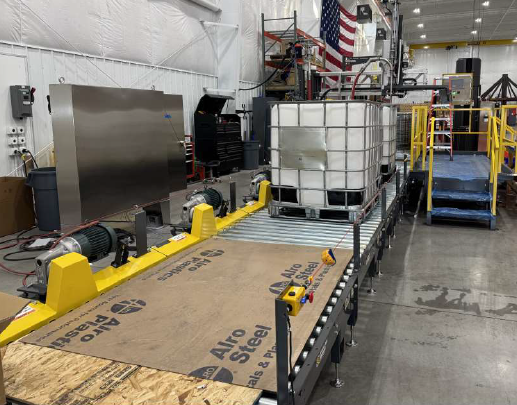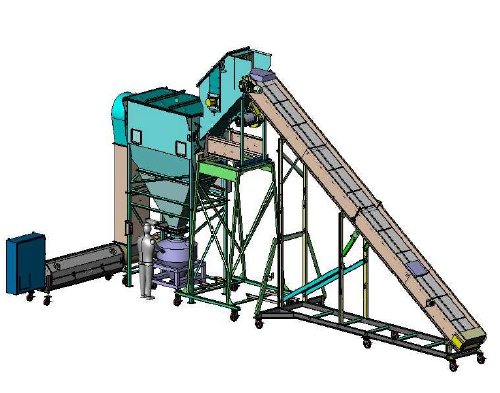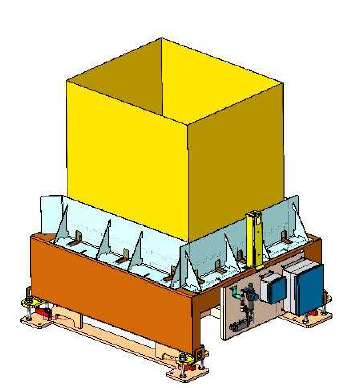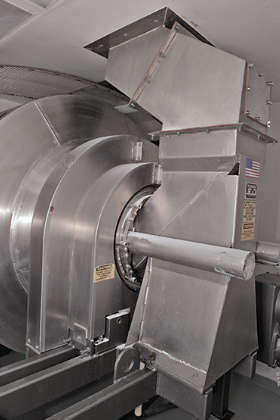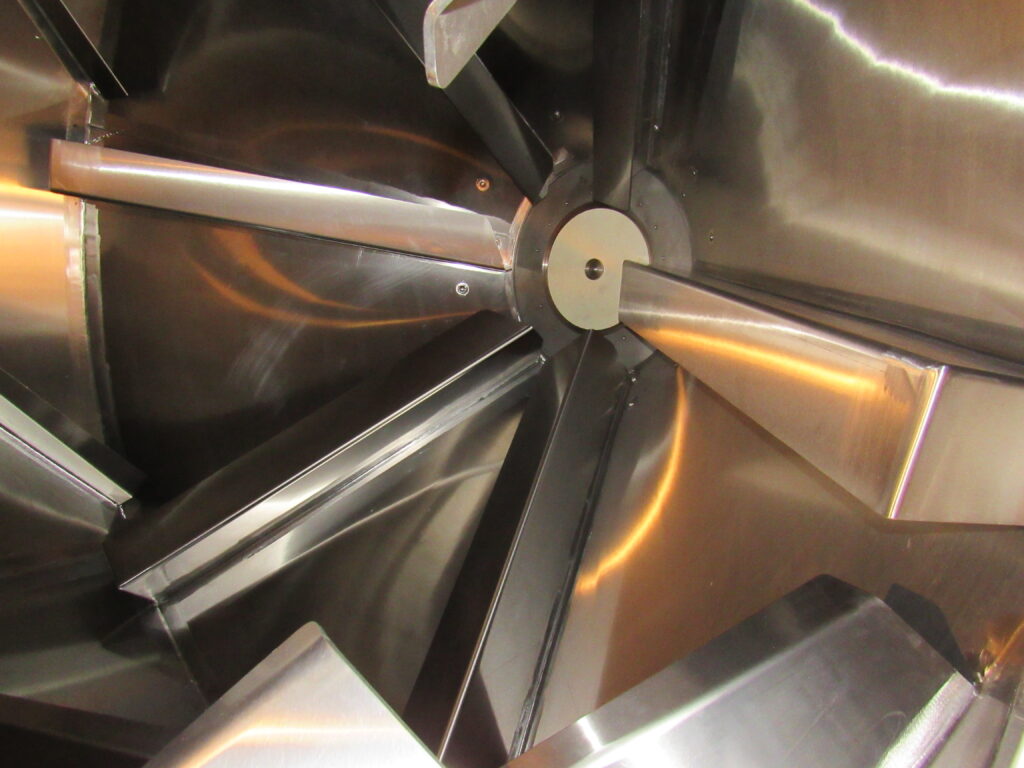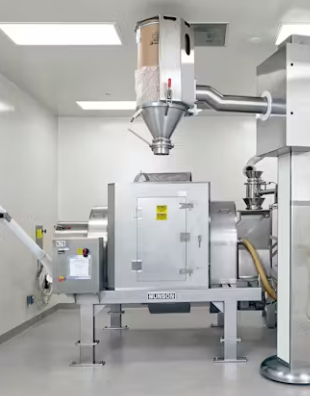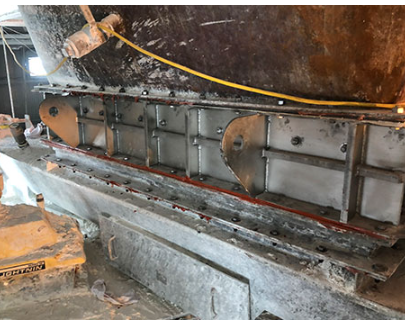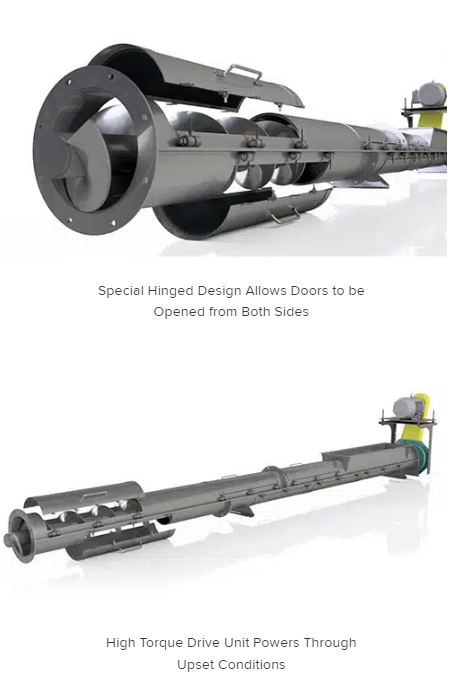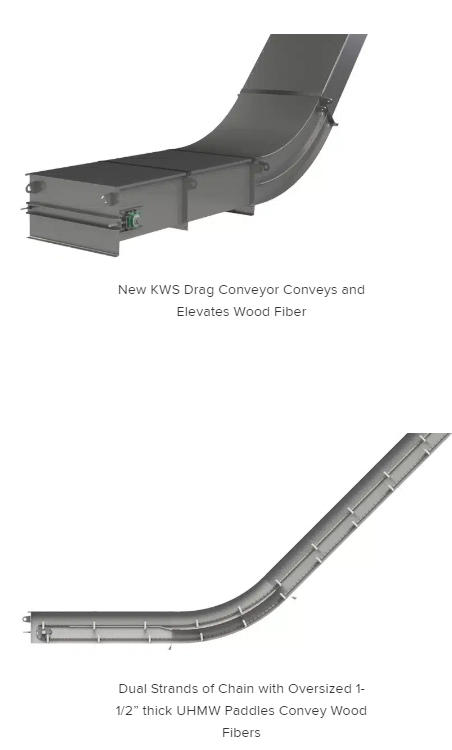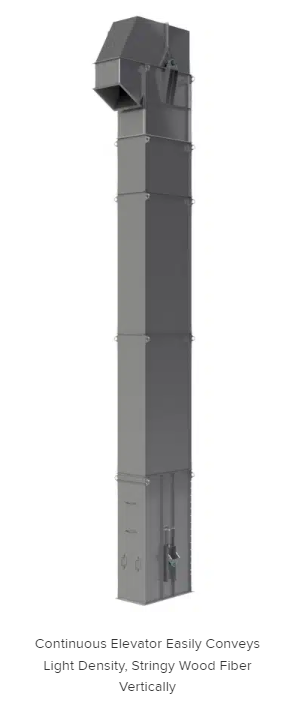NBE-Drum and Tote Filling System
Application Overview: This customer required a semi-automatic filling station, complete with controls, that will accommodate filling a wide variety of containers, including 55-gallon drums and 275-gallon IBC totes. Operators will manually load and unload the palletized drums and totes including handling of the bung. A manual pneumatic bung sealing tool is included post-filling. When accompanied with the appropriate pump, and configured for the proper fluid properties, the filling station can fill a 55-gallon drum in ~45 seconds. The filler is equipped with state-of-the-art bung location assistance to increase productivity while making the operator’s job easier. This system includes a total of 11 chain-driven live roller conveyors, (6) pre-filling and (5) post-filling. A profile cut V ball valve is utilized to control the flow of liquid into the filling lance, a closing tip on the end of the filling lance mitigates the dripping of the product. The fluid added to the totes and drums is measured by load cells built into the integrated conveyor section of the filler. The load cells will be connected to an integrated HMI control system that will control the valving (pumps by customer)that supply the flow of material
NBE-Drum and Tote Filling System Read More »

